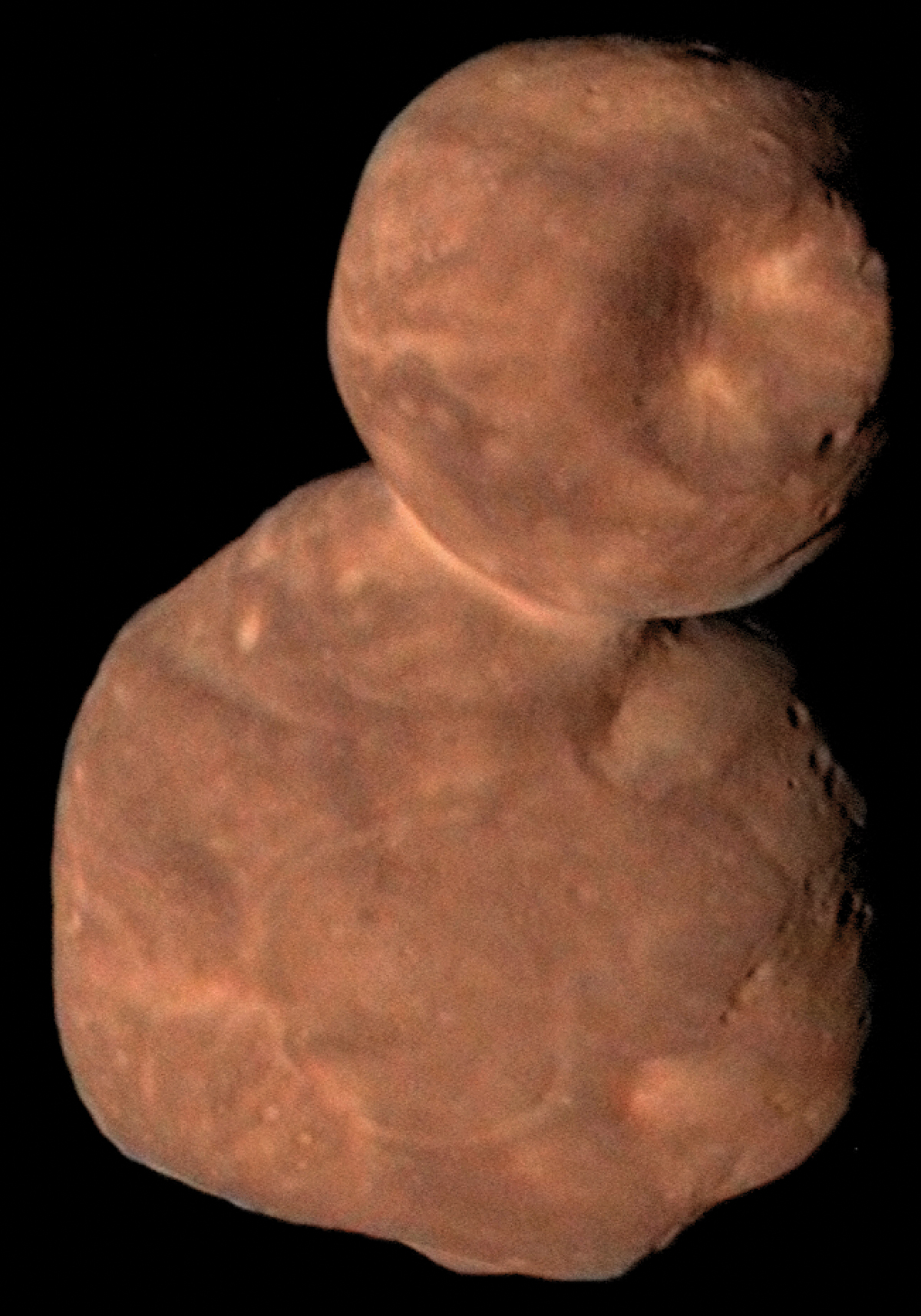Advertisement
Grab your lab coat. Let's get started
Welcome!
Welcome!
Create an account below to get 6 C&EN articles per month, receive newsletters and more - all free.
It seems this is your first time logging in online. Please enter the following information to continue.
As an ACS member you automatically get access to this site. All we need is few more details to create your reading experience.
Not you? Sign in with a different account.
Not you? Sign in with a different account.
ERROR 1
ERROR 1
ERROR 2
ERROR 2
ERROR 2
ERROR 2
ERROR 2
Password and Confirm password must match.
If you have an ACS member number, please enter it here so we can link this account to your membership. (optional)
ERROR 2
ACS values your privacy. By submitting your information, you are gaining access to C&EN and subscribing to our weekly newsletter. We use the information you provide to make your reading experience better, and we will never sell your data to third party members.
Physical Chemistry
Stars, Celestial Molecules on View
ASTROCHEMISTRY: IR telescope lifts the cosmic veil to reveal galactic chemical composition
by Mitch Jacoby
January 5, 2004
| A version of this story appeared in
Volume 82, Issue 1

Peering deep into space with a suite of infrared-sensitive instruments, NASA's orbiting IR observatory has begun beaming down images and spectra that reveal cosmic features never before seen. Showcasing the Spitzer Space Telescope's capabilities at a recent press conference, NASA displayed dazzling IR images of stars and galaxies that appear nearly featureless in the visible-wavelength region.
Launched this past August, the IR observatory joins the X-ray and gamma-ray observatories and the Hubble Space Telescope that orbit Earth while probing galactic secrets using wavelength-specific instruments.
One of the newly acquired Spitzer images shows material flowing out of a newborn star in a region of space that's shrouded by a dust cloud and appears dark and featureless in previous images recorded in visible light. Training the observatory's IR spectrometer on the same point in space, astronomers detected carbon dioxide, water, methanol, and other compounds.

Referred to as an "outflow," the object in the IR image results from interactions between interstellar matter and high speed gas jets ejected from young stars. The data provide scientists with new opportunities to study processes involved in the formation of low-mass stars, such as the sun.
The IR observatory also recorded images and spectra from a galaxy some 3 billion light years from Earth. The spectra reveal the presence of CO, CO2, silicates, hydrocarbons, molecular hydrogen, and other species. The distant object is one of the brightest galaxies ever imaged, according to NASA researchers.
Cornell University astronomy professor James R. Houck, who heads the scientific team, noted that the spectrum "gives evidence for organic chemistry in a distant galaxy shortly after the formation of Earth."




Join the conversation
Contact the reporter
Submit a Letter to the Editor for publication
Engage with us on Twitter